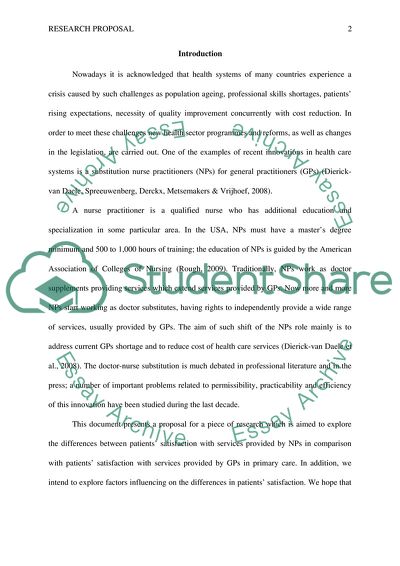Cite this document
(Exploring the Differences in Patients Satisfaction with Primary Care Research Proposal, n.d.)
Exploring the Differences in Patients Satisfaction with Primary Care Research Proposal. Retrieved from https://studentshare.org/nursing/2027992-research-proposal-powerpoint
Exploring the Differences in Patients Satisfaction with Primary Care Research Proposal. Retrieved from https://studentshare.org/nursing/2027992-research-proposal-powerpoint
(Exploring the Differences in Patients Satisfaction With Primary Care Research Proposal)
Exploring the Differences in Patients Satisfaction With Primary Care Research Proposal. https://studentshare.org/nursing/2027992-research-proposal-powerpoint.
Exploring the Differences in Patients Satisfaction With Primary Care Research Proposal. https://studentshare.org/nursing/2027992-research-proposal-powerpoint.
“Exploring the Differences in Patients Satisfaction With Primary Care Research Proposal”, n.d. https://studentshare.org/nursing/2027992-research-proposal-powerpoint.


